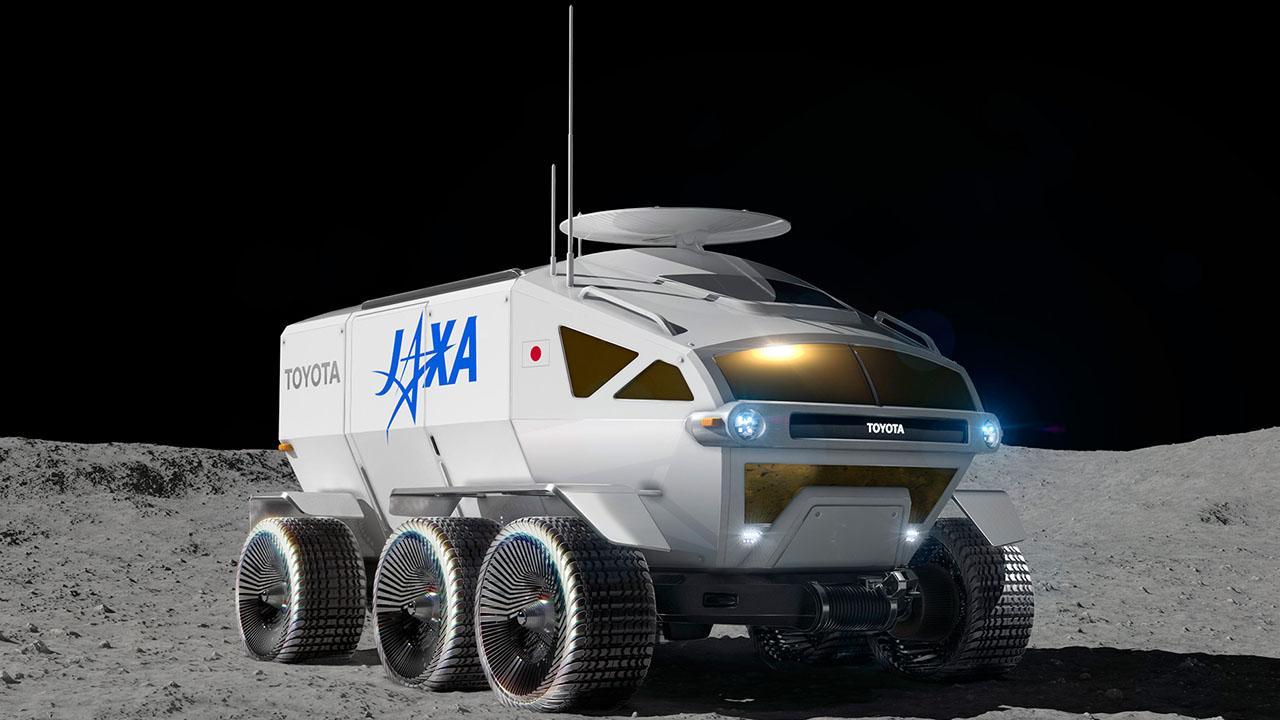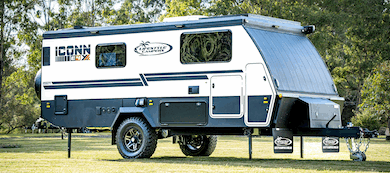NASA, Japan Tout ‘Historic’ Lunar RV Roadtrip

The following is a report from Yahoo Tech.
President Biden announced this week a historic agreement with Japan to develop a pressurized moon rover “mobile habitat.”
Per the National Aeronautics and Space Administration (NASA), the two nations have themselves a deal.

According to a newly signed agreement between NASA and Japan’s government, the Japan Aerospace Exploration Agency (JAXA) will “design, develop and operate” a sealed vehicle for both crewed and uncrewed moon excursions. NASA will then oversee the launch and delivery, while Japanese astronauts will join two surface exploration missions in the vehicle.
Japan’s pressurized RV will mark a significant step forward for lunar missions. According to Space.com, the nation has spent the past few years working to develop such a vehicle alongside Toyota and Mitsubishi Heavy Industries. Toyota offered initial specs for the RV last year—at nearly 20 feet long, 17 feet wide and 12.5 feet tall, the rover will be about as large as two mini busses parked side-by-side. The cabin itself will provide “comfortable accommodation” for two astronauts, although four can apparently cram in, should an emergency arise.
Like an RV cruising across the country, the rover is meant to provide its inhabitants with everything they could need for as long as 30 days at a time. While inside, astronauts will even be able to remove their bulky (and fashionable) getups and move about normally—albeit in about 16.6% the gravity as on Earth. Last week, NASA announced it had narrowed the search for its new Artemis Lunar Terrain Vehicle (LTV) to three companies, but unlike Japan’s vehicle, that one will be unpressurized.
“It’s a mobile habitat,” NASA Administrator Nelson said during a press conference April 10 alongside Minister Moriyama, describing it as “a lunar lab, a lunar home and a lunar explorer…a place where astronauts can live, work and navigate the lunar surface.”
Similar to the forthcoming Lunar Terrain Vehicle, the Japanese RV can be remotely controlled if astronauts aren’t around and will remain in operation for 10 years following its delivery.
“The quest for the stars is led by nations that explore the cosmos openly, in peace and together… America no longer will walk on the moon alone,” Nelson said.
A total of 12 astronauts—all American men—have walked across the moon’s surface. When the U.S. returns to the moon with NASA’s Artemis missions, it will also be the first time a woman and a person of color will land on the moon.
After some rescheduling, NASA currently intends to send its Artemis II astronauts on a trip around the moon in late 2025. Artemis III will see the first two humans touchdown in over 50 years in either late 2026 or early 2027. The Artemis IV mission is currently intended to occur no earlier than 2030. Meanwhile, China is trying to land its own astronauts on the lunar surface in 2030.
Watch a clip of Nelson at the Artemis Lunar Surface Exploration press conference here.
See the full report from NASA here.



